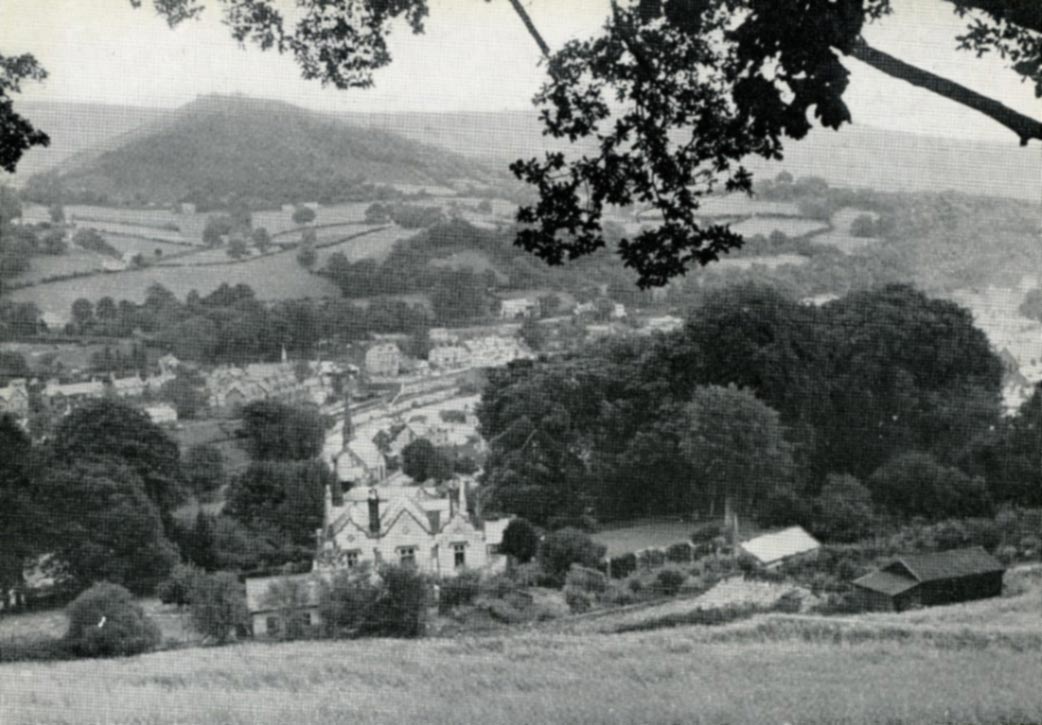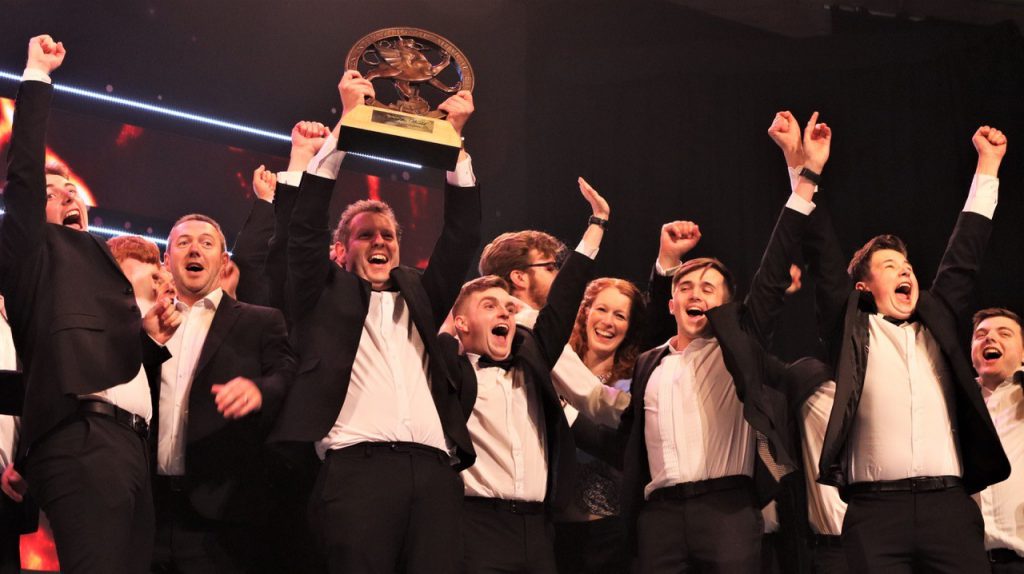“not just dancing and music – it’s ways of lives (sic) meeting in this green vale of Wales“
Dylan Thomas’ Eisteddfod notebook (1953)
The idea which established the first International Eisteddfod in 1947 is that an international choral competition based on the model of the Welsh Eisteddfod could significantly contribute to building peaceful relations between nations by encouraging contacts between ordinary people brought together by their love of music.

It was very much of its time. The UN Charter of Fundamental Rights was being drafted in late 1946 as the first International Eisteddfod was being planned. The British Council had been creating strategies for using cultural events to help post-war rehabilitation, which saw for instance the start of the contemporary Edinburgh Festival.
In 1946 the Llangollen organisers articulated five distinct aims for the new festival:
- to encourage better understanding among the world’s peoples through promoting personal relationships between ordinary people
- to provide an enjoyable and entertaining musical experience for competitors and audience
- to improve musical standards through competition and international exchange of ideas and technique
- to help increase goodwill abroad for Wales
- through publicising Wales in many countries, to attract visitors to Wales and be of high value to the tourist industry
The first aim was what made Llangollen special. The next two were standard for all Eisteddfodau since the middle ages. In 1947 the last two were bonuses.
Implementing these ideas has produced a fantastic week-long international and multicultural experience in every succeeding year. The unique intensity of these weeks in Llangollen quickly attracted attention and interest from round the world. Since those early days, the Eisteddfod has responded to new opportunities and adapted to changes in its circumstances, while always seeking to retain the promise of its founding concept. The twists and turns in the story can be seen as changes in the priority given
It has been very much a community effort, organised, managed and staffed mostly by volunteers, and fiercely independent from the outset. The very early years were run by the local council, then the Llangollen Urban District Council. 95% of the 2022 membership of the Eisteddfod live within 30 miles of the town. Only in the latest years have significant numbers of specialist professional staff been brought in to deal with the complexity organising 21st century festivals.
The competitions and competitors comprise the heart of the festival, with 20 or more countries typically featured each year; many choirs and dance groups have returned many times over 40 or even 50 years. And from the earliest days great professional performers have sung, danced and played their instruments on the Eisteddfod stage in the evening concerts; in recent years the celebrity presence has come to dominate the way the festival presents itself, and perhaps sees itself.

The initial location was a hired marquee on the recreation field for the town grammar school. The site moved to nearby land purchased in 1957, an acquisition financed by a decade of annual surpluses. In 1992 there came a fixed building, the Llangollen Pavilion, built and owned by the county council, made available to the Eisteddfod for a short time each June and July.
No history of the Llangollen Eisteddfod can be complete unless it deals not just with facts and events, but also with the emotions behind them. The Eisteddfod community behaves like a large and pretty typical family. The hard work and cooperation which produce the week of joy each summer have been tempered from the outset by frequent disputes, bitter recriminations, enduring feuds. Above all, the story of the Llangollen International Musical Eisteddfod is a study in human nature – as Dylan Thomas grasped in his brief visit.





